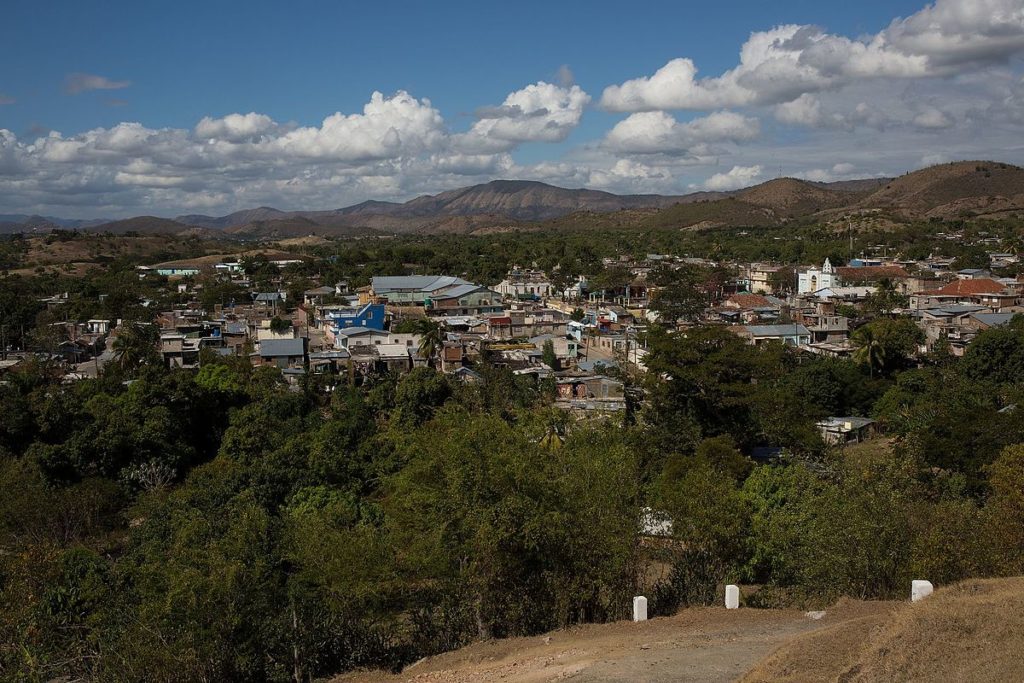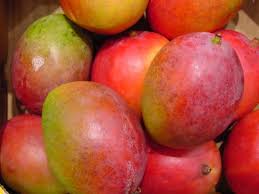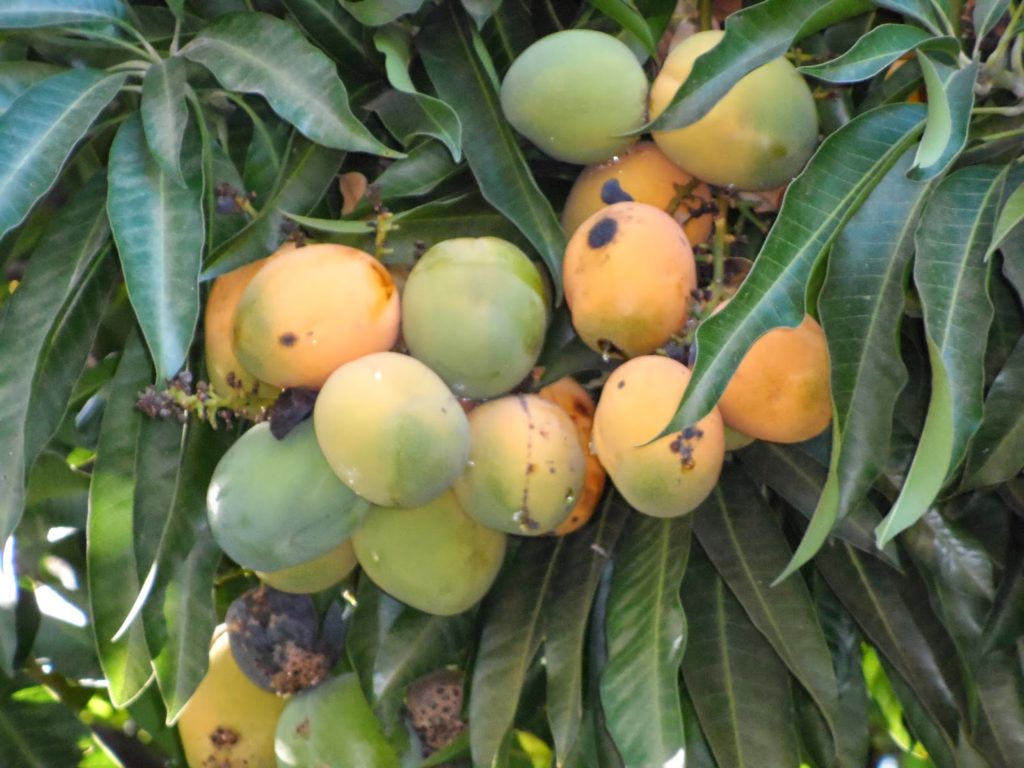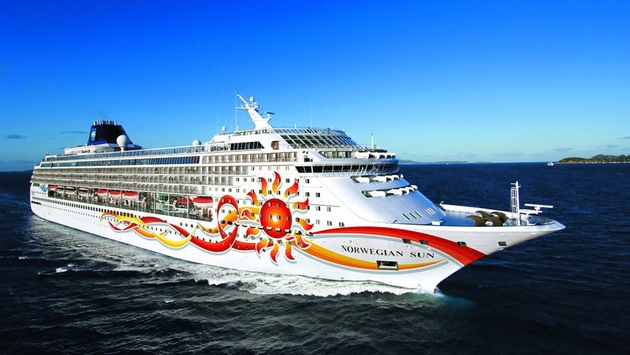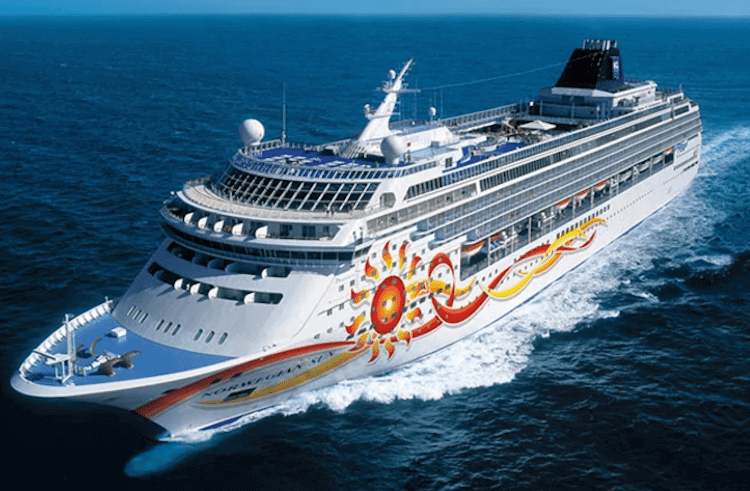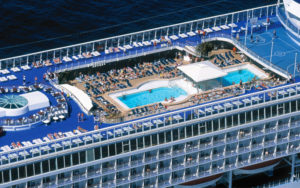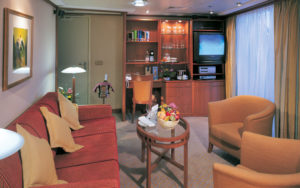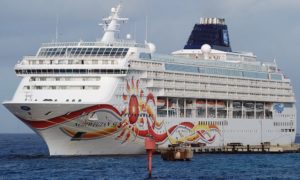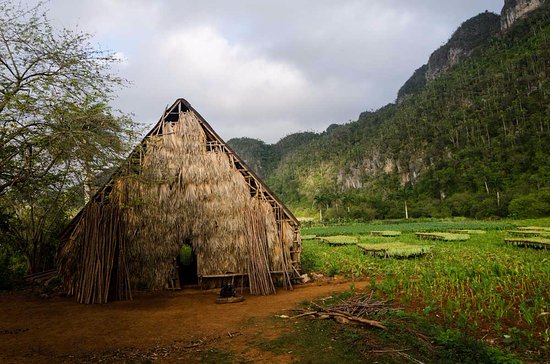 WHEN SOUTH BECOMES NORTH FOR CUBANS WHO FLEE FROM THE ISLAND.
WHEN SOUTH BECOMES NORTH FOR CUBANS WHO FLEE FROM THE ISLAND.
With the end of “dry feet / wet feet”, thousands of Cubans have emigrated to Uruguay, Chile, Brazil and other Latin American countries
Widhner J.Ballester forced to give up his job and without further employment opportunities because of his closeness to opposition groups, today he is one of the thousands of Cubans who have left for South America and are looking for opportunities on the continent that they thought could only be find “in the north”. “The United States is the dream of all Cubans, but I did not have the resources or the possibility of making the trip to ask for political asylum on the border,” Ballester explains by telephone from Manaus, in the heart of Brazil.
Guyana is the only country on the continent that does not require a visa for Cubans. With the money lent him by a friend who lives in the United States, Ballester bought the ticket and after landing in Georgetown he embarked on “a very difficult journey”.
Impassable roads in the middle of the jungle, mafias and trafficking networks of people controlled by Cubans living in Guyana, according to several testimonies collected by this newspaper, channel the migratory flow in three directions: Chile, Brazil and Uruguay.
Applications for refuge by Cubans in the Brazilian border multiplied by 17 last year compared to 2014, according to statistics revealed to 14ymedio by the Ministry of Justice and Citizenship of that country. As the entries of Cuban migrants fell brutally in the United States after the end of the policy of dry feet / wet feet, they have increased in the southern nations of the continent. Only until June of this year 1,106 Cubans had requested refuge in the South American giant.

“After crossing the border legally, most Cubans go to Boa Vista and then to Manaus. From that city the groups that go to Chile and Uruguay are organized, “explains Ballester, 40 years old. He and three other Cubans wandered for a few days in the state capital of Amazonia, asking for help in local churches. Since then he is stranded and without resources, waiting to continue the trip to another country.
“I thought that being an opponent would have some help from the groups of exiles in Miami, but I am alone, without any help and starting from scratch in another country,” laments Ballester, who was active in the Agramontista Current and the Patriotic Union of Cuba ( Unpacu). He says he has no interest in returning to Cuba or going to the United States through Central America.
“I want to get somewhere where I can find work. Here it is very difficult because of the number of Venezuelans who are arriving, “he adds.
The Venezuelan exodus surpasses the Cuban in number of migrants and owners. According to the International Organization for Migration (IOM), more than 2.3 million Venezuelans have left their country since 2014, overflowing the governments of the region. In the Cuban case it is a phenomenon of decades, absorbed fundamentally by the United States. IOM highlights in its latest report on migration in the world that “a greater number of Cubans, Haitians and Dominicans have recently migrated to South America.”
IOM highlights in its latest report on migration in the world that “a greater number of Cubans, Haitians and Dominicans have recently migrated to South America.” Allen Rodríguez is 38 years old. He has been living in Uruguay for eight months after crossing all Latin America from Guyana from north to south. In Holguin he earned his living as a self-employed person, but the increase in restrictions against the sector convinced him that emigrating was the only option to escape from poverty.
“I did not notice. Either we dressed or ate. So I told my wife that I was going to work in Uruguay, “she says. Rodríguez studied law in Cuba, but he did not practice his profession because of the low income in the state sector. After knowing the details to request refuge in Uruguay with other Cubans, he crossed the border of that country with Brazil and currently resides in Montevideo.

To achieve legal status in Uruguay, Cubans are protected by law 18.076, which requires receiving all requests for refuge at the border and sending them to the Ministry of Foreign Affairs, in charge of approving or denying them. In 2015, Uruguayan officials received only 9 border refugee claims; in May of this year, 2,025 were already counted in less than five months. Thanks to the flexibility of Uruguayan laws, most Cubans do not even finish their refugee application process and settle in the country legally after getting a job. The arrival of Cubans to Uruguay through all the ports of entry increased from 867 in 2013 to 5,314 so far this year, according to the Migration Office of that country.
“I requested refuge for economic reasons. The Government of Uruguay sympathizes with that of Cuba. If you arrive saying that you are coming for political reasons they do not look at you well, “says Rodríguez. The man assures that with the massive arrival of Cubans the length of the procedures has been complicated. “Documents that used to take less than 90 days before today need up to a year,” he says.
Rodríguez regrets that the majority of Cubans do low-paying jobs despite traveling with university degrees. “It’s very common for you to find a doctor cleaning floors or a taxi driver’s lawyer,” he adds. The Cuban community in that country maintains strong ties with the island despite the distance. A recent report by the Central Bank of Uruguay argues that 9% of remittances from this country go to Cuba, which now occupies the fourth place in this line, only behind Argentina, Spain and the Dominican Republic.
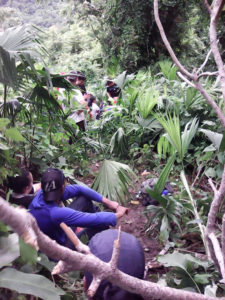
Another country in the region that has hosted the flow of Cubans is Chile. In 2017, asylum applications multiplied by almost 30 compared to the previous year. The rise has also been reflected in the trips to that southern country. According to data from the Immigration and Migration Department of Chile, 11,119 Cubans arrived in that country last year, a figure that contrasts with the 7,016 that arrived in 2016.
“I arrived in Chile three months ago. I asked for political asylum on the border and since then I work as a carpenter, “says Félix Noriega, a 31-year-old Havana man. “In Cuba I worked making furniture as a private individual but the persecution of the inspectors and the State made my life impossible,” he says. According to the latest figures obtained by this newspaper, 5,451 Cubans have asked to be registered in the process of regularization carried out by the Government of Sebastián Piñera.
Noriega affirms by telephone that his initial intention was to go to the United States, where he has a sister, but the policy of “zero tolerance” of the current Administration dissuaded him. “I do not serve to be stuck. For quite some time I was without freedom in Cuba, “he adds.
Migrants who arrive at the United States border seeking political asylum are detained and can spend months in the custody of the authorities before they decide whether to grant Parole, asylum status, or are returned to their countries of origin.
Despite the difficulties, Noriega continues excited: “Right now I can not send any money to my family in Cuba, because I just arrived and I need to stabilize but as soon as it is better my girl will not have to spend more work in Cuba.”

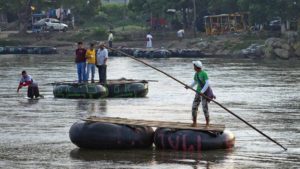 CUANDO EL SUR SE CONVIERTE EN NORTE PARA LOS CUBANOS QUE HUYEN DE LA ISLA.
CUANDO EL SUR SE CONVIERTE EN NORTE PARA LOS CUBANOS QUE HUYEN DE LA ISLA.
Ante el fin de “pies secos/pies mojados”, miles de cubanos han emigrado a Uruguay, Chile, Brasil y otros países de Latinoamérica
Widhner J.Ballester obligado a renunciar a su trabajo y sin más oportunidades de empleo por su cercanía con grupos opositores, hoy es uno de los miles de cubanos que han salido rumbo a Sudamérica y buscan en el continente las oportunidades que creían que solo se podían encontrar “en el norte”. “Estados Unidos es el sueño de todos los cubanos, pero no tenía ni los recursos ni la posibilidad de hacer el viaje para pedir asilo político en la frontera”, explica Ballester vía telefónica desde Manaos, en el corazón selvático de Brasil.
Guyana es el único país del continente que no exige visado a los cubanos. Con el dinero que le prestó un amigo que vive en Estados Unidos, Ballester compró el pasaje y tras aterrizar en Georgetown se embarcó en “una travesía muy difícil”.
Caminos intransitables en medio de la selva, mafias y redes de tráfico de personas controladas por cubanos residentes en Guyana, según varios testimonios recogidos por este diario, canalizan el flujo migratorio en tres direcciones: Chile, Brasil y Uruguay.
Las solicitudes de refugio de cubanos en la frontera brasileña se multiplicaron por 17 el año pasado con respecto a 2014, según estadísticas reveladas a 14ymedio por el Ministerio de Justicia y Ciudadanía de ese país. A medida que las entradas de migrantes cubanos cayeron brutalmente en Estados Unidos tras el fin de la política de pies secos/pies mojados, han aumentado en las naciones del sur del continente. Solo hasta junio de este año 1.106 cubanos habían solicitado refugio en el gigante sudamericano.
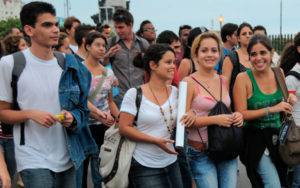
“Después de cruzar la frontera legalmente la mayoría de los cubanos va a Boa Vista y luego a Manaos. Desde esa ciudad se organizan los grupos que van a Chile y a Uruguay”, explica Ballester, de 40 años. Él y otros tres cubanos vagaron durante algunos días en la capital del estado de Amazonia, pidiendo ayuda en las iglesias locales. Desde entonces se encuentra varado y sin recursos, esperando para continuar el viaje a otro país.
“Pensé que al ser opositor tendría alguna ayuda de los grupos de exiliados en Miami, pero estoy solo, sin ayuda ninguna y empezando de cero en otro país”, lamenta Ballester, que militó en la Corriente Agramontista y en la Unión Patriótica de Cuba (Unpacu). Dice que no tiene interés en regresar a Cuba ni marcharse a Estados Unidos atravesando Centroamérica.
“Quiero llegar a algún lugar donde pueda encontrar trabajo. Aquí es muy difícil por la cantidad de venezolanos que están llegando”, añade.
El éxodo venezolano supera al cubano en cantidad de migrantes y titulares. Según la Organización Internacional para las Migraciones (OIM), más de 2,3 millones de venezolanos han dejado su país desde 2014, desbordando a los Gobiernos de la región. En el caso cubano se trata de un fenómeno de décadas, absorbido fundamentalmente por Estados Unidos. La OIM destaca en su último informe sobre las migraciones en el mundo que “un mayor número de cubanos, haitianos y dominicanos ha emigrado a América del Sur recientemente”.
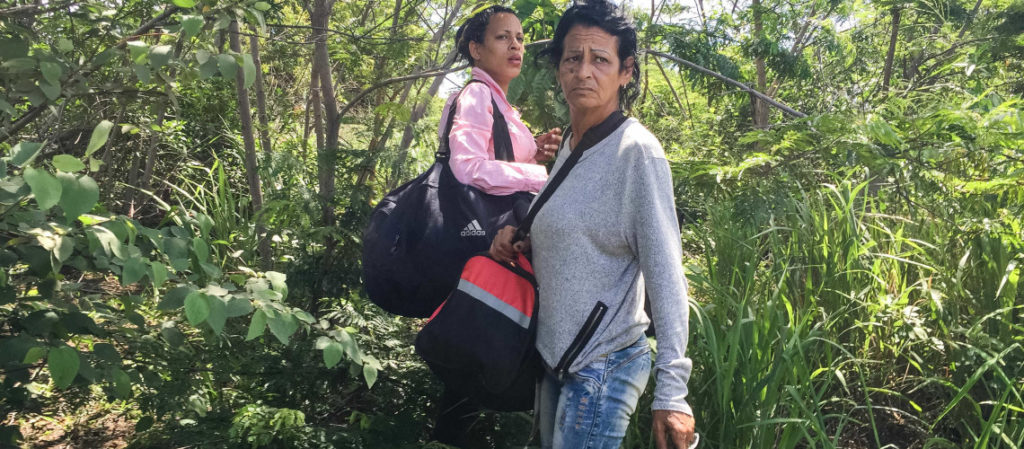
La OIM destaca en su último informe sobre las migraciones en el mundo que “un mayor número de cubanos, haitianos y dominicanos ha emigrado a América del Sur recientemente”. Allen Rodríguez tiene 38 años. Lleva viviendo en Uruguay ocho meses después de cruzar de norte a sur toda América Latina desde Guyana. En Holguín se ganaba la vida como cuentapropista, pero el incremento de restricciones contra el sector lo convenció de que emigrar era la única opción para salir de la miseria.
“No me daba la cuenta. O nos vestíamos o comíamos. Así que le dije a mi mujer que me iba a trabajar a Uruguay”, relata. Rodríguez estudió leyes en Cuba, pero no ejercía su profesión por los bajos ingresos en el sector estatal. Tras conocer los detalles para solicitar refugio en Uruguay con otros cubanos, cruzó la frontera de ese país con Brasil y actualmente reside en Montevideo.
Para lograr un estatus legal en Uruguay, los cubanos se amparan la ley 18.076, que obliga a recibir todas las peticiones de refugio en la frontera y enviarlas al Ministerio de Exteriores, encargado de aprobarlas o denegarlas. En 2015 los oficiales uruguayos solo recibieron 9 solicitudes de refugio en la frontera; en mayo de este año ya se contabilizaban 2.025 en menos de cinco meses. Gracias a la flexibilidad de las leyes uruguayas, la mayoría de los cubanos ni siquiera termina su proceso de solicitud de refugio y se asientan en el país legalmente tras conseguir empleo. La llegada de cubanos a Uruguay por todos los puertos de entrada aumentó desde los 867 en 2013 hasta los 5.314 en lo que va de año, según dijo a este diario la Oficina de Migración de ese país.
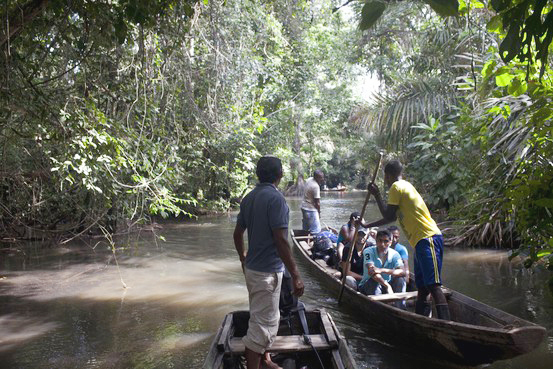
“Solicité refugio por motivos económicos. El Gobierno de Uruguay simpatiza con el de Cuba. Si llegas diciendo que vienes por motivos políticos no te miran bien”, dice Rodríguez. El hombre asegura que con la llegada masiva de cubanos la duración de los trámites se ha complicado. “Los documentos que antes demoraban menos de 90 días hoy necesitan hasta un año”, dice.
Rodríguez lamenta que la mayor parte de los cubanos realiza trabajos poco remunerados a pesar de que viajan con títulos universitarios. “Es muy común que te encuentres a un médico limpiando pisos o a un abogado de taxista”, añade. La comunidad cubana en ese país mantiene fuertes vínculos con la Isla a pesar de la distancia. Un reciente informe del Banco Central de Uruguay sostiene que que el 9% de las remesas provenientes de este país van a Cuba, que ocupa ahora el cuarto puesto en este renglón, solo por detrás de Argentina, España y República Dominicana.
Otro país de la región que ha acogido el flujo de cubanos es Chile. En 2017 las solicitudes de asilo se multiplicaron por casi 30 respecto al año anterior. El alza también se ha visto reflejada en los viajes hacia ese país austral. Según datos del Departamento de Extranjería y de Migración de Chile, 11.119 cubanos llegaron el año pasado a ese país, una cifra que contrasta con los 7.016 que arribaron en 2016.
“Llegué a Chile hace tres meses. Pedí asilo político en la frontera y desde entonces trabajo como carpintero”, dice a 14ymedio Félix Noriega, un habanero de 31 años. “En Cuba trabajaba haciendo muebles como particular pero la persecución de los inspectores y el Estado me hacían la vida imposible”, relata. Según las últimas cifras conseguidas por este diario, 5.451 cubanos han pedido ser inscritos en el proceso de regularización que lleva adelante el Gobierno de Sebastián Piñera.

Noriega afirma vía telefónica que su intención inicial era irse a Estados Unidos, donde tiene una hermana, pero la política de “tolerancia cero” de la actual Administración lo disuadió. “Yo no sirvo para estar trancado. Ya bastante tiempo estuve sin libertad en Cuba”, añade.
Los migrantes que llegan a la frontera de Estados Unidos pidiendo asilo político son detenidos y pueden pasar meses bajo custodia de las autoridades antes de que se decida si se le otorga un Parole, la condición de asilado, o son devueltos a sus países de origen.
A pesar de las dificultades, Noriega sigue ilusionado: “Ahora mismo no puedo enviarle nada de dinero a mi familia en Cuba, porque acabo de llegar y necesito estabilizarme pero en cuanto esté mejor mi niña no tendrá que pasar más trabajo en Cuba”.
Agencies/ 14ymedio, La Habana/ Mario J. Pentón/ Extractos/ Internet Photos/ Arnoldo Varona/ TheCubanHistory.com
THE CUBAN HISTORY, HOLLYWOOD.


 LEGENDS: EL CANEY, CUBA, SWEET PRODUCT OF A KIDNAPPING.
LEGENDS: EL CANEY, CUBA, SWEET PRODUCT OF A KIDNAPPING.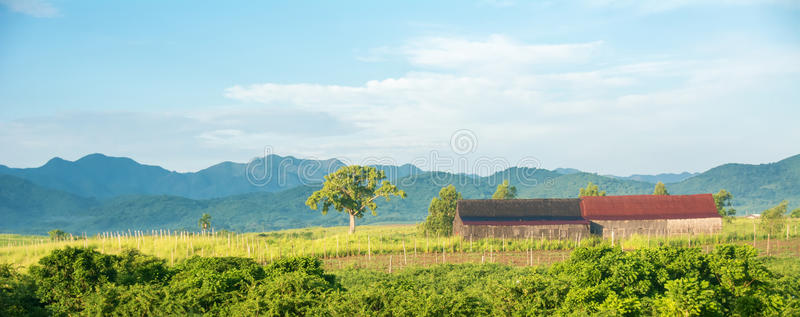 LEYENDAS: EL CANEY, CUBA, DULCE PRODUCTO DE UN SECUESTRO.
LEYENDAS: EL CANEY, CUBA, DULCE PRODUCTO DE UN SECUESTRO.


